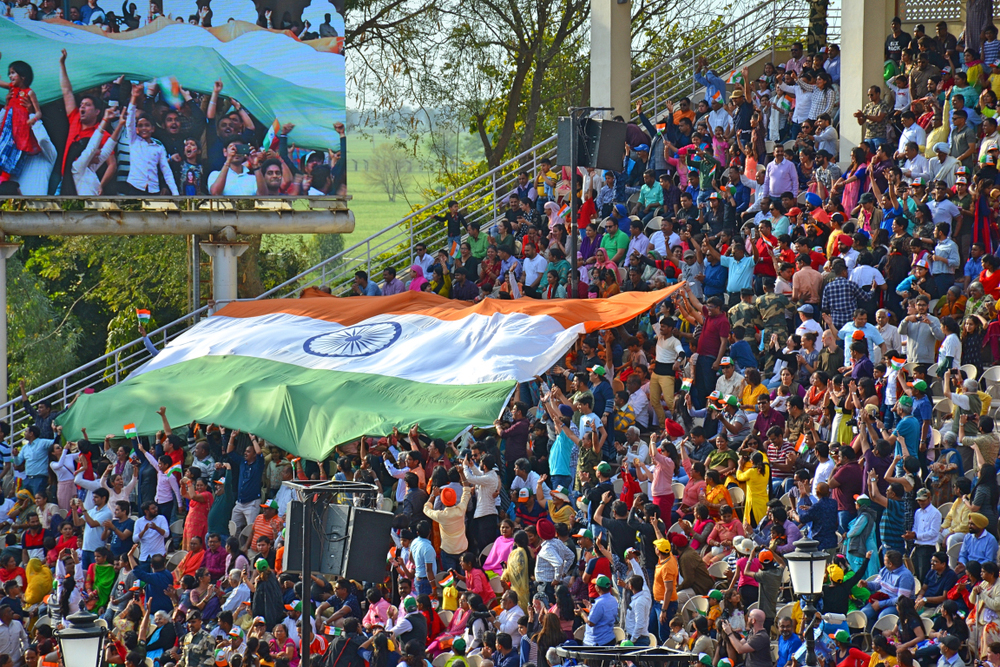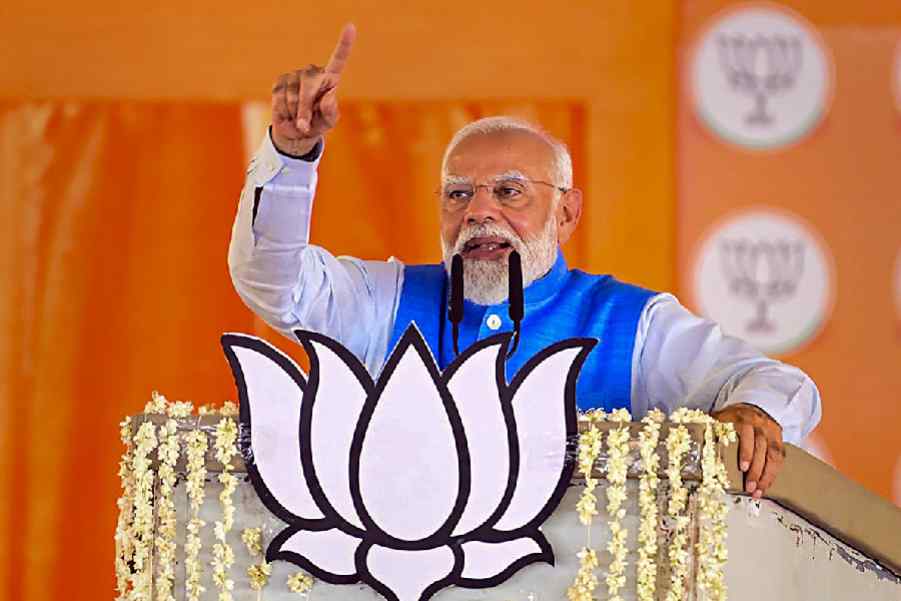Shibashis Chatterjee’s book, India’s Spatial Imaginations of South Asia: Power, Commerce, and Community, marks an important event in the historical narrative in South Asia. The book is an important addition to the literature on South Asia from the perspective of India’s imagination of itself and the geostrategic significance of the region. It critically questions India’s rise to power in the region, vis-à-vis neighbours, regional organizations and contemporary bilateral relations. With a focus on India’s foreign policy, the book consists of five chapters with sub-themes such as democratization, liberal policies, globalization, territorialization and spatial imagination, the South Asian Association for Regional Cooperation and various other regional organizations. The book amalgamates international relations, political theory and the foreign policy field of the political science discipline to understand three important questions: first, what conception of space underlies India’s vision of neighbourhood? Second, who articulates this vision? And third, what are the consequences of this dominant imagination?
The book presents a realist understanding of the nature of states along with the notion of sharing a communal space of unity, and critiques post-colonial/leftist/critical scholarship for not providing substantive arguments on state and security. The first chapter discusses the theoretical notion of territory, border and space conceptualization of South Asia by India, where state is imagined as a particular territory vis-à-vis neighbours with strategic, cultural, and economic variables. The idea of holding territory as one of the significant factors in shaping foreign policy for South Asia is due to the historical lineage of the region, on the basis of Partition, secessionist movements, ethnic-border relations and border issues for India. The reasons stated for such a peculiar understanding lies in the narrative of security: establishing restrictive border controls and changing the conception of citizenship from Jus Soli to Jus Sanguinis over a period of time. These shifts have led the subcontinent to be cautious and anxious about its space. The region is characterized by distinctness of shared identity as in culture, heritage, civilization, history and geography but with its own constraints and benefits from the conceptions of power, commerce and community. The book argues that imports of liberal democracy, globalization, and human security did not bring about any qualitative change in the nature of the states.
The second chapter discourses robustly on the sovereignty held closer by the states even after experiencing globalization, along with the adamant territorial conceptualization that has not led to any significant change in the region with liberal democracy. Democratization has faced difficult stages owing to the challenges posed by the primordial identities and the history of the region. This had led to quite a few secessionist movements and ethnic conflicts across the states but they have been resolved with the support of bilateral ties rather than by any third-party interventions.
The third chapter focuses on India’s foreign policy and discusses its approach towards the region. It takes the viewpoint of policymakers, governments and their officials to provide an idea of India’s realist security and state arguments for survival. This is highlighted by a standardized view collected by the author from India’s policymakers regarding its approach to security that relies more on a statist perspective rather than focusing on non-state factors. In this context, states in the region work on an anarchist framework by collecting military strength, border controls, technological up-gradation in this age. The realist perspective has been dominant owing to the inability to cooperate in the region and the argument of weak states that leads states to individually derive their own survival policies. India’s policies towards its neighbours from non-alignment to Look East did not produce any strong regional organization to direct the region’s future towards a defined path. However, the South Asian Association for Regional Cooperation plays a minimal and limited role in the region because of the absence of security as a shared project. The book is commendable on the reasons it gives for the inability to form a regional community, starting with the rationale of naming the region (Indian continent or South Asian), with the fractured security perspective among states and the absence of a common threat. The historical construct of post-colonial states have led to policies of protectionism, and promoted import substitution to advance self-reliance and development. Even after liberal policies were initiated with globalization post-1990s, no interdependence resulted owing to ineffective regional cooperation. The trade between the countries is mostly on bilateral terms rather than deriving from an initiative for a free trade region.
The final chapter brings out imageries of space as far as India could have looked towards the east by establishing ties in the Southeast Asia region. The author asserts that the Look East policy was derived for two reasons mentioned in the policy documents: economic gains and politico-military gains. The focus is on a strategic policy of security as a source of power both politically and economically. Statesmen agree that this policy is a gateway to the East and opens opportunities for alliances in the Indo-Pacific. Keeping this policy aligned, India keeps its strategic position with China in check, considering its failed attempts to economically integrate Northeast. Thus it suggests an economic initiative towards the redevelopment of Northeast of India.
Based on official sources such as briefs and declarations of the ministry of external affairs, party documents, interviews with political elites, and press reports as evidence, the book gives a sense of the behaviour of South Asian states and the region’s inability to produce development for all even after sharing cultural, social and historical identity. The problem lies in this region’s geopolitical construct that leads to the inability of regional cooperation. It draws on the historical lineage of the region by developing an idea of sharing of space without colonial constructs of territories, nations and borders. Specific attention has been given to the Indian state, its course of foreign policy development over a period of time, its engagement with neighbours focusing on the policies according to its strategic benefits. More importantly, the strength of the book lies in its methodology of conducting interviews with the policymakers, statesmen, officials who are leading and heading foreign policy; however, there are no interview narratives or anecdotal events highlighted in the book. Such anecdotal conversation would have made readers curious to understand the politics of time and space. The book has comfortably brought political theory, international relations and foreign policy together. It shows the historical baggage of the region based on the colonial past and tends to post-colonial critique rather than bringing about the realist argument for a common regional community or regional aspirations. Even after theoretically deconstructing the notion of territory and spaces in realist terms the post-colonial argument stands at a critical juncture of the book.
India’s Spatial Imaginations of South Asia: Power, Commerce, and Community by Shibashis Chatterjee, Oxford, Rs 995












